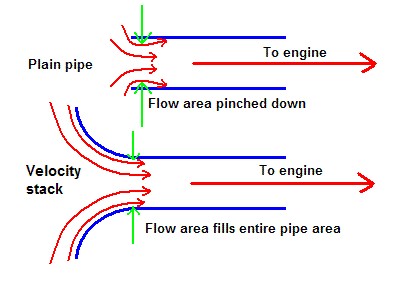
The first fluid exhibits a laminar flow (sometimes described as a steady flow), represented by smooth, parallel streamlines. The diagrams in Figure 14.25 use streamlines to illustrate two examples of fluids moving through a pipe. The velocity is always tangential to the streamline. A streamline represents the path of a small volume of fluid as it flows. (credit: modification of work by Joseph Trout, Stockton University)Īnother method for representing fluid motion is a streamline. The colors represent the relative vorticity, a measure of turning or spinning of the air. Notice the circulation of the wind around the eye of the hurricane. Figure 14.24 shows velocity vectors describing the winds during Hurricane Arthur in 2014.įigure 14.24 The velocity vectors show the flow of wind in Hurricane Arthur. For example, wind-the fluid motion of air in the atmosphere-can be represented by vectors indicating the speed and direction of the wind at any given point on a map.

Velocity vectors are often used to illustrate fluid motion in applications like meteorology. In a few examples, we examine an incompressible fluid-one for which an extremely large force is required to change the volume-since the density in an incompressible fluid is constant throughout. Viscosity is a measure of the internal friction in a fluid we examine it in more detail in Viscosity and Turbulence. An ideal fluid is a fluid with negligible viscosity. For this reason, we limit our investigation to ideal fluid s in many of the examples. Even the most basic forms of fluid motion can be quite complex. The rest of this chapter deals with fluid dynamics, the study of fluids in motion. The first part of this chapter dealt with fluid statics, the study of fluids at rest.


By the end of this section, you will be able to:


 0 kommentar(er)
0 kommentar(er)
